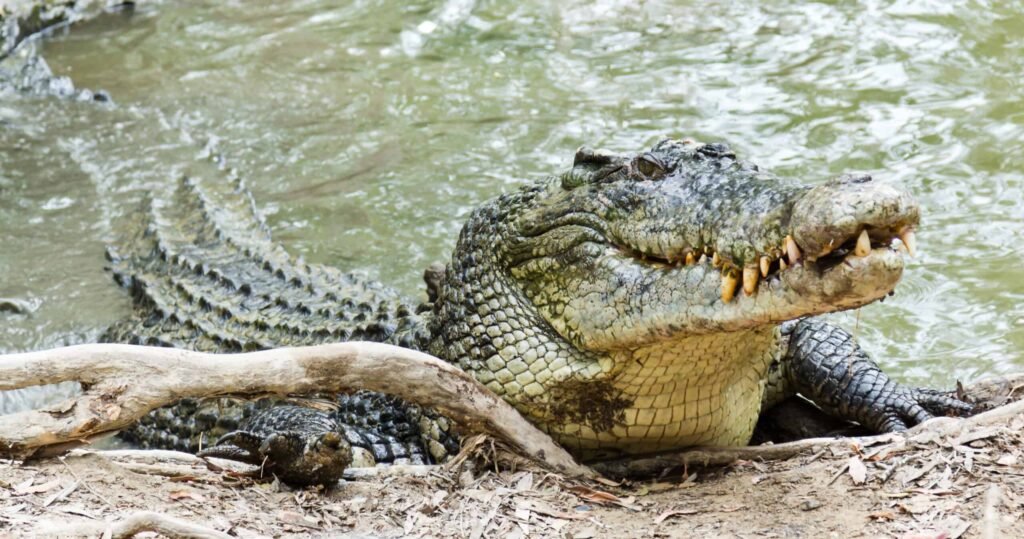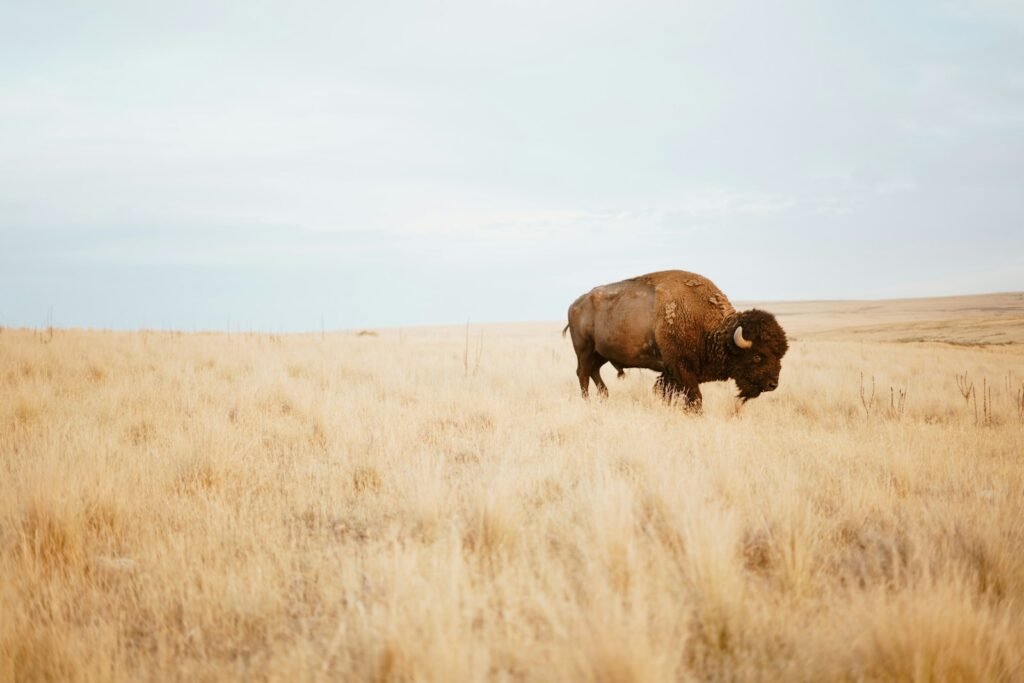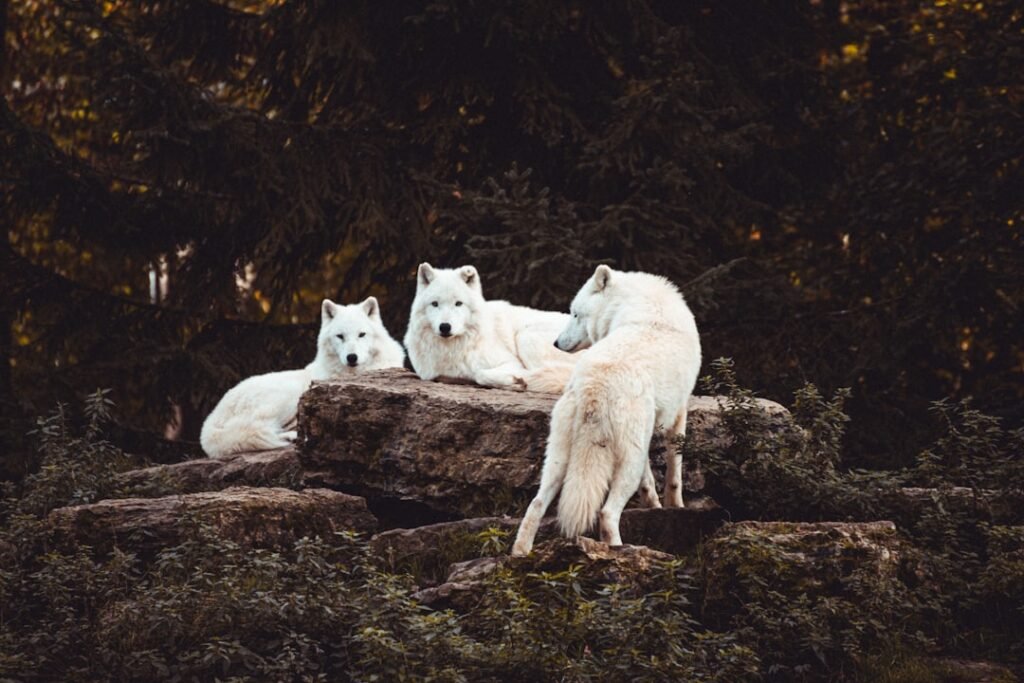The natural world presents a tapestry of intricate relationships and adaptations, nowhere more evident than in the evolution of predators. From the agile felines stalking the savannahs to the cunning tactics of oceanic hunters, the story of predation is one of innovation, adaptation, and survival. This article explores the fascinating evolution of these hunting strategies, tracing back millions of years to understand how predators have shaped their prey and been shaped in return.
Introduction to Predation in the Animal Kingdom

Predation, a natural mechanism for controlling populations and balancing ecosystems, is a driving force of evolution. It compels species to adapt and innovate, both predatory animals and their prey. From the dawn of life, this evolutionary arms race has driven the emergence of extraordinary adaptations and survival strategies.
The Dawn of Predatory Behavior
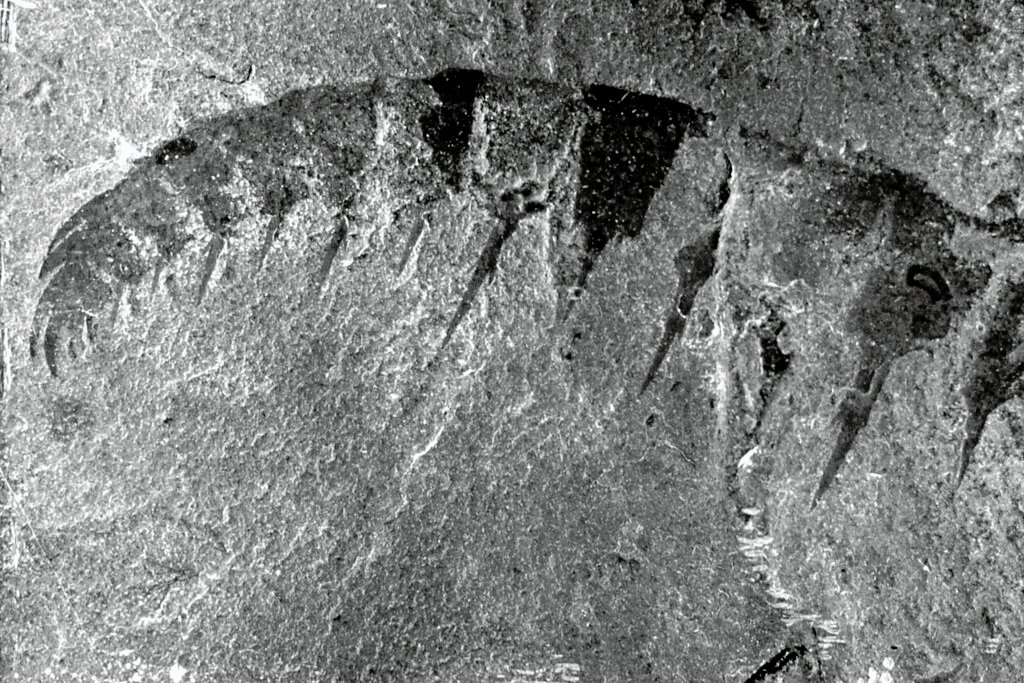
The origins of predatory behavior can be traced back hundreds of millions of years. Fossil evidence suggests that the first predators appeared during the Cambrian Explosion, a period marked by a rapid increase in the diversity of life forms. These early predators, such as Anomalocaris, were marine creatures that developed unique hunting skills to capture their prey, leading to an arms race that pressured prey species to evolve defenses.
Evolutionary Arms Race: Predator and Prey Interactions
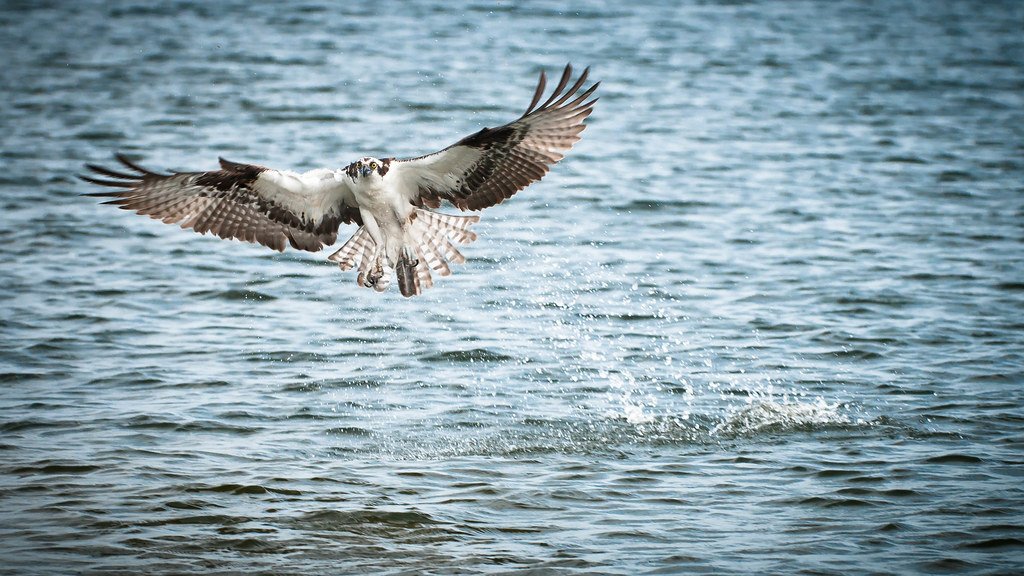
The relationship between predator and prey is a classic example of an evolutionary arms race. As predators evolve more effective hunting strategies, prey species simultaneously evolve defensive adaptations. These might include camouflage, toxins, or swift escape capabilities, presenting a constant push and pull that accelerates the evolution of both groups.
Advancements in Hunting Techniques
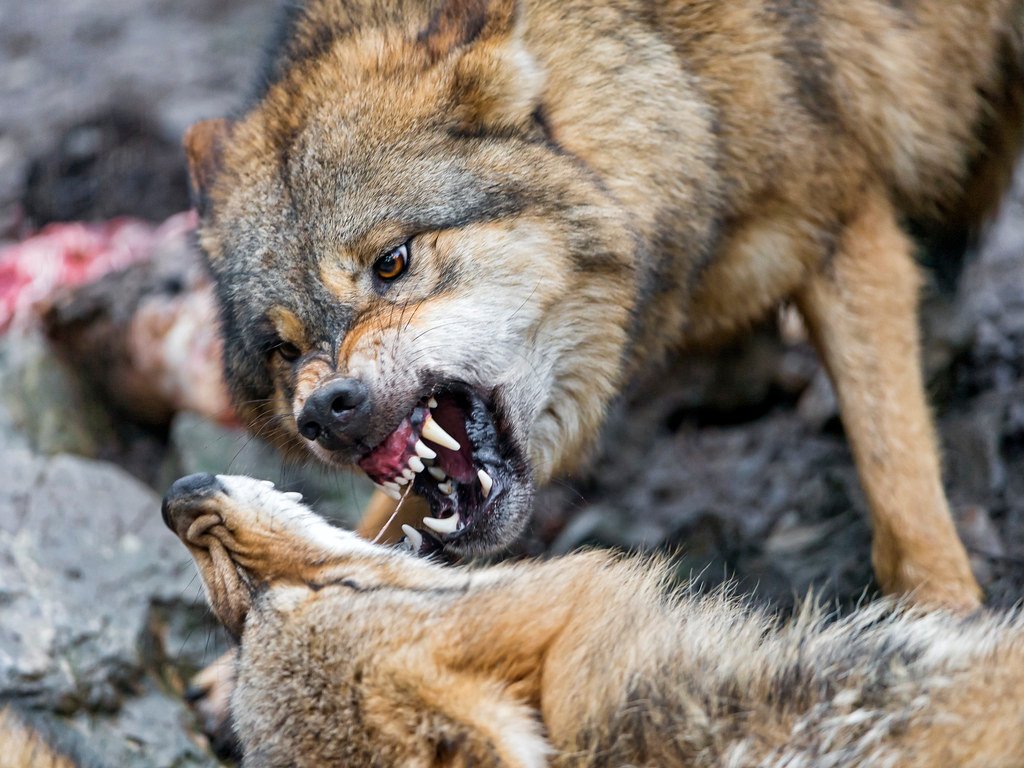
Throughout evolutionary history, predators have developed a wide range of hunting techniques tailored to their environments and available prey. For instance, pack hunting, as seen in wolves and lions, allows predators to take down larger prey, while solitary hunters like the jaguar rely on stealth and power. In the ocean, orcas and dolphins display sophisticated coordination in their hunting strategies, often working together to trap schools of fish.
Adaptations for Stealth and Speed

Stealth and speed are two crucial adaptations that have evolved in many predators. Cheetahs exemplify the pinnacle of speed, having evolved lightweight bodies and specialized muscles that allow them to reach incredible velocities. Conversely, animals like leopards have perfected the art of camouflage, blending into their surroundings to ambush prey with minimal effort.
Intelligent Predators: The Role of Cognition
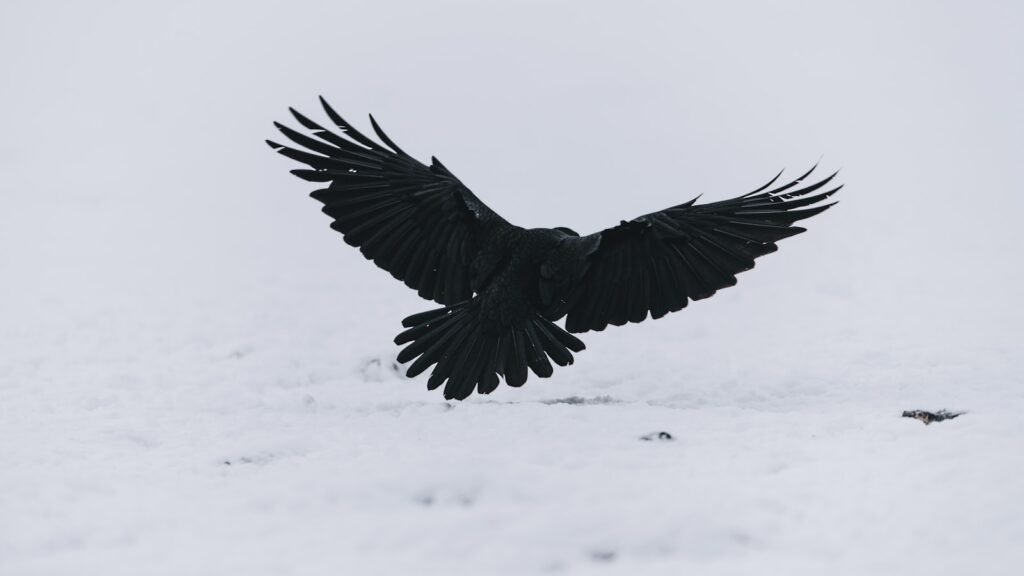
Predators such as primates and cetaceans exhibit high levels of intelligence, which aids in the development of complex hunting techniques. Tools, communication, and problem-solving capabilities enhance their ability to exploit new ecological niches. The use of rudimentary tools by some bird species, like crows using sticks to extract insects, demonstrates this cognitive prowess.
Impact of Climate and Environment on Hunting Strategies

The environment plays a vital role in shaping the hunting strategies of predators. Changing climates and habitats induce evolutionary pressures that drive adaptations. For instance, polar bears have developed large, powerful limbs for swimming and hunting on vast ice sheets, a direct response to their Arctic environment.
Mimicry and Deception in Predation
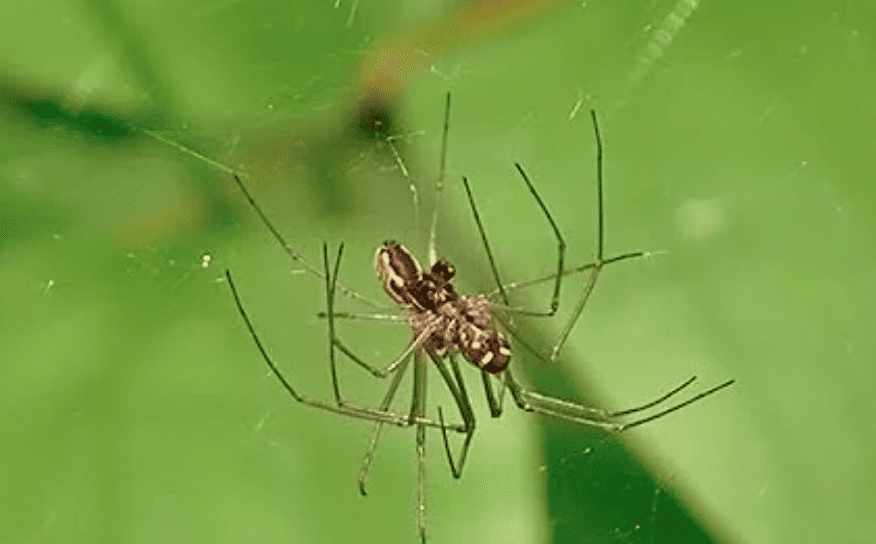
Some predators have evolved to use mimicry and deception to aid in their hunt. Spiders that mimic ants in structure and movement, or anglerfish that wield bioluminescent lures to attract prey, show how deception can become a lethal tool in the predator arsenal.
The Influence of Human Activity
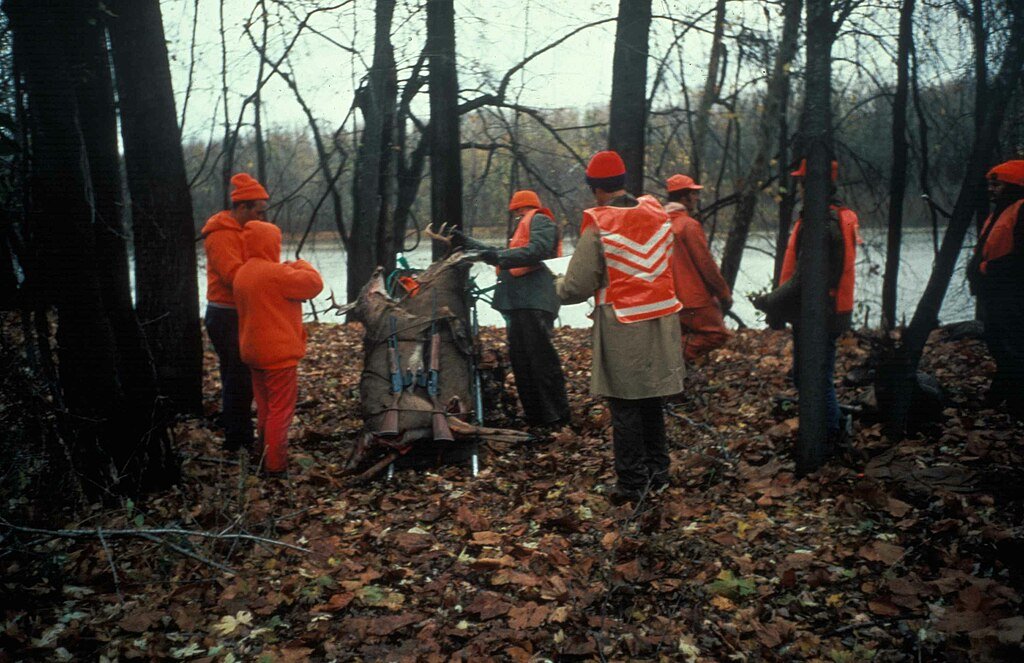
Human activity has significantly altered natural ecosystems, impacting predator-prey dynamics. Overhunting, habitat destruction, and climate change are just a few factors that can disrupt these relationships, leading to adaptations not originally driven by natural selection. Some species are forced to alter their diets, hunting styles, or territories to survive amidst human expansion.
Conservation and Future of Predators
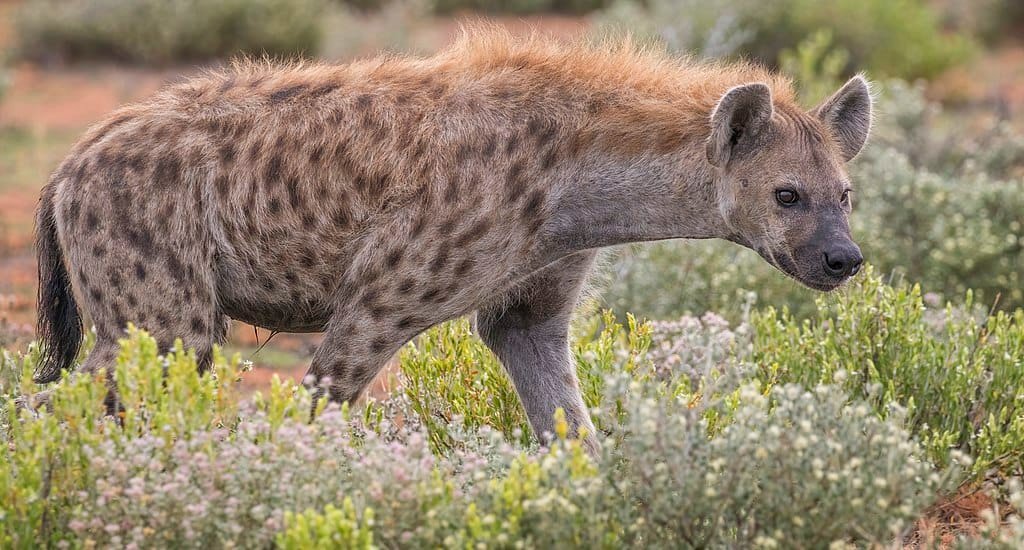
Understanding predator evolution is crucial for conservation efforts aimed at preserving these key members of natural ecosystems. Protecting habitat, regulating hunting, and fostering biodiversity are essential steps towards maintaining the delicate balance maintained by predators and their prey, ensuring both can continue to evolve and thrive.
Conclusion: A Continual Evolutionary Dance
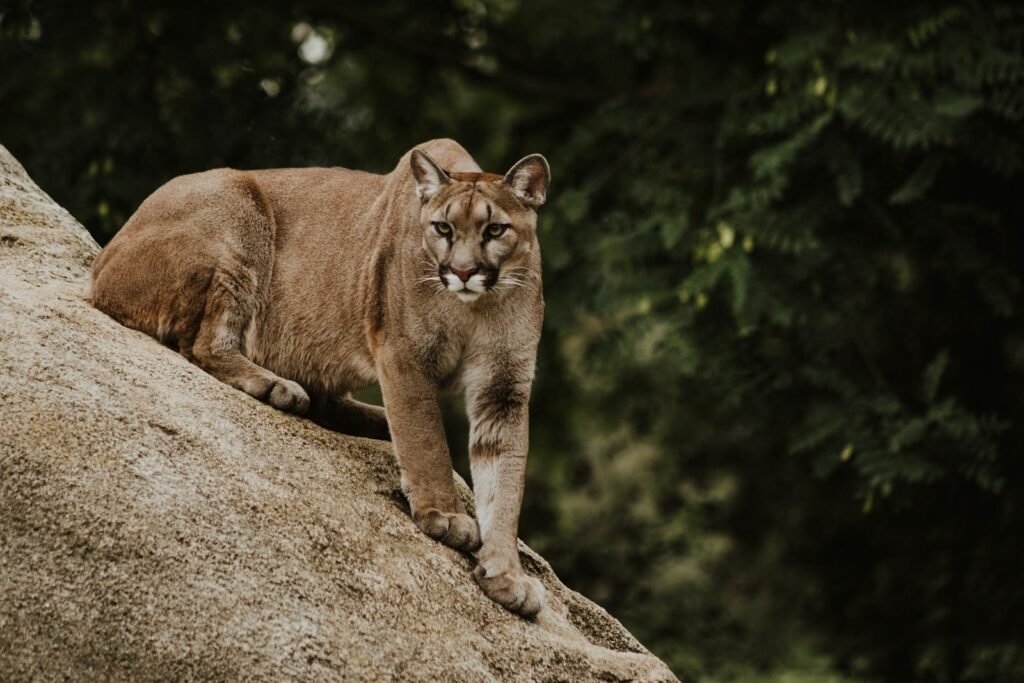
The evolution of predators is a tale of continuous adaptation and innovation, shaping the biodiversity we observe today. As apex predators adapt their techniques, prey species are compelled to develop new defenses, ensuring an ongoing, dynamic evolutionary dance. By understanding these intricate interactions, we not only appreciate the remarkable adaptations seen in the natural world but also highlight the importance of preserving these vital ecosystems for future generations.

